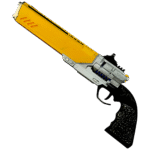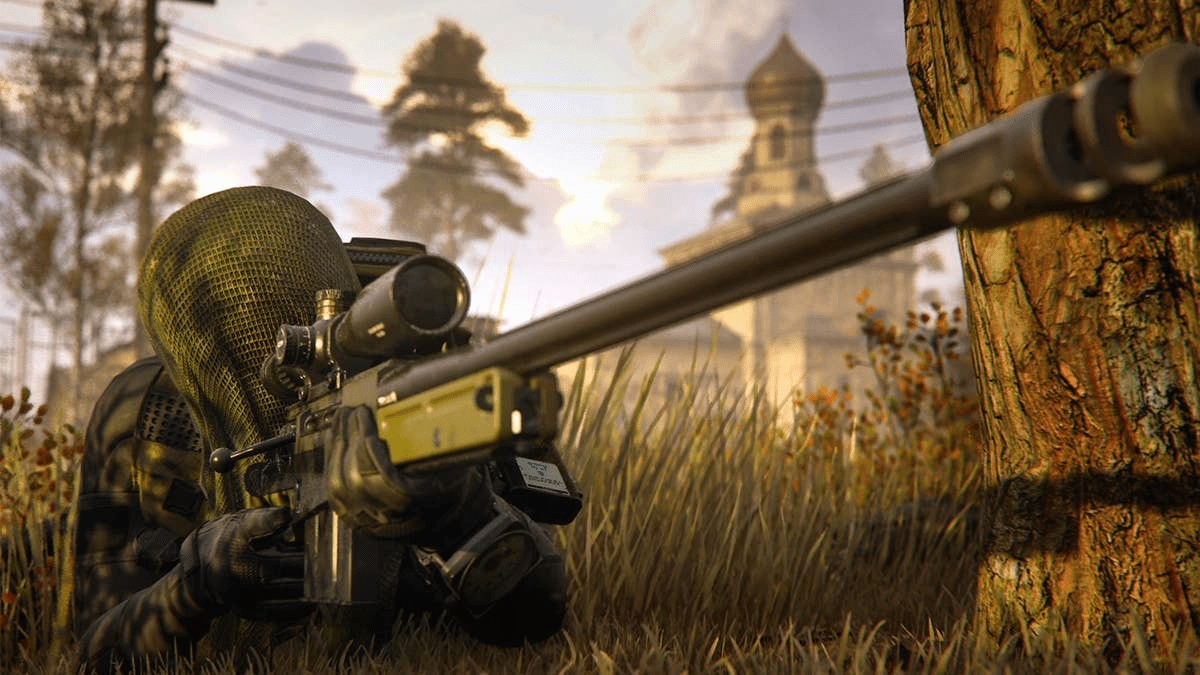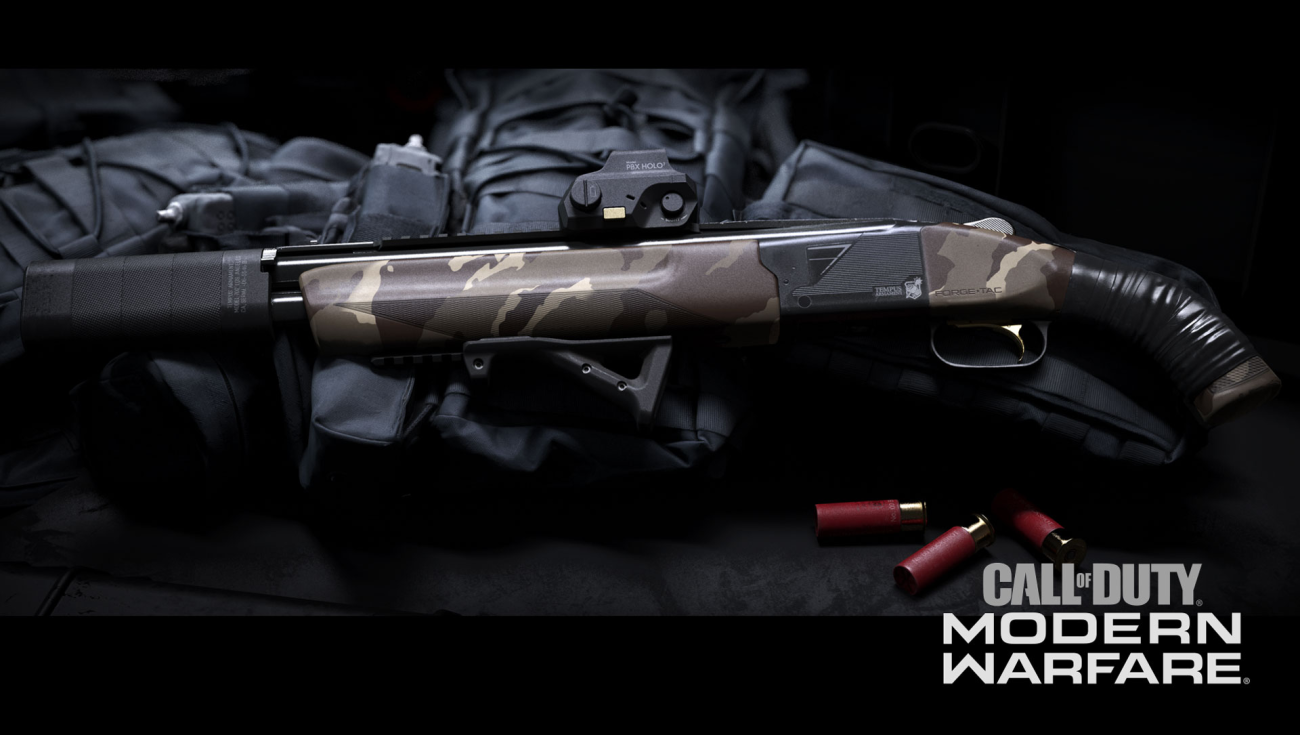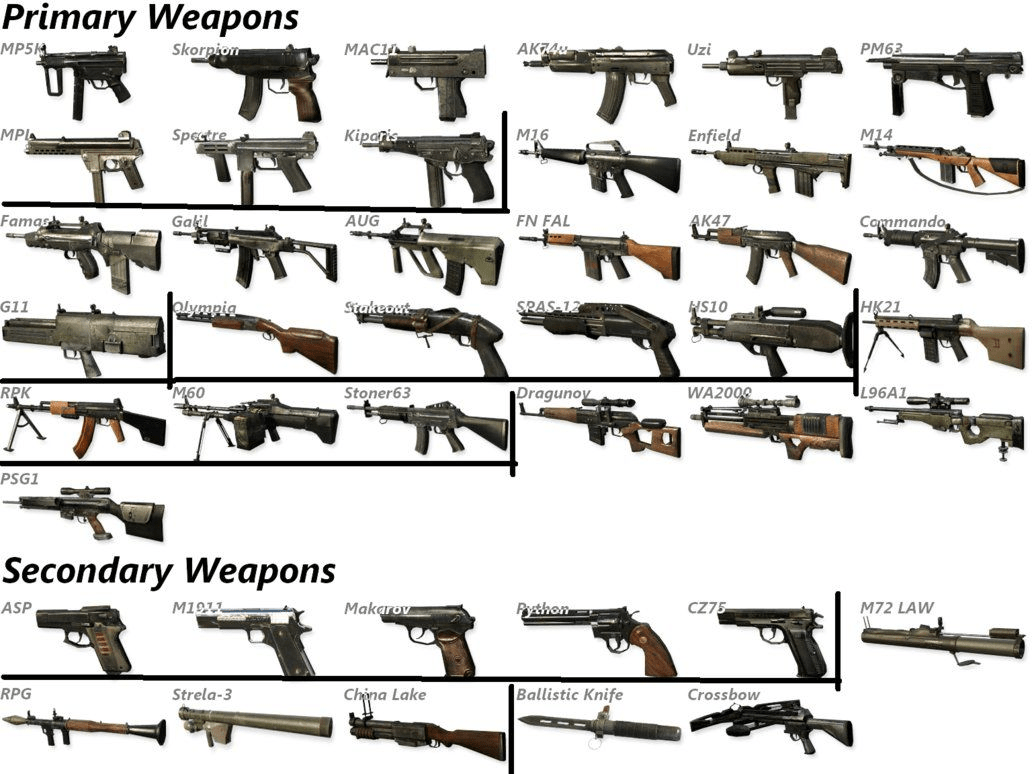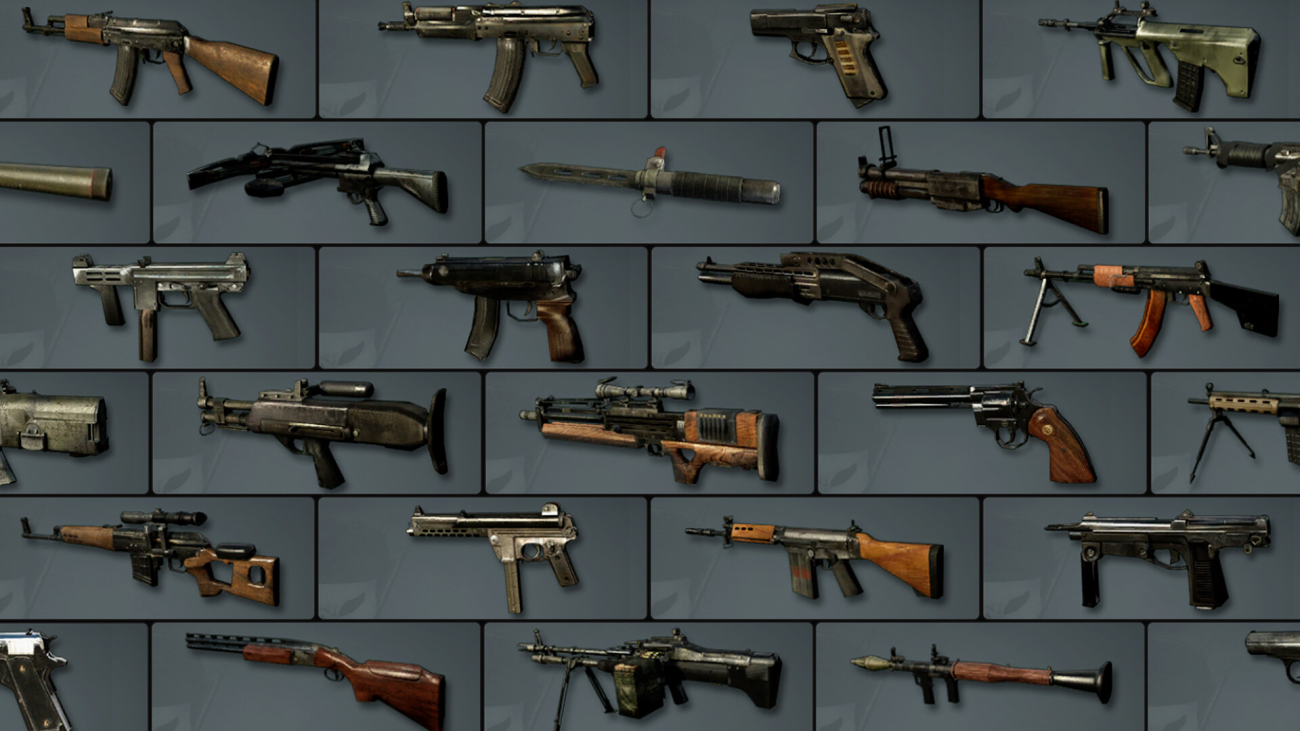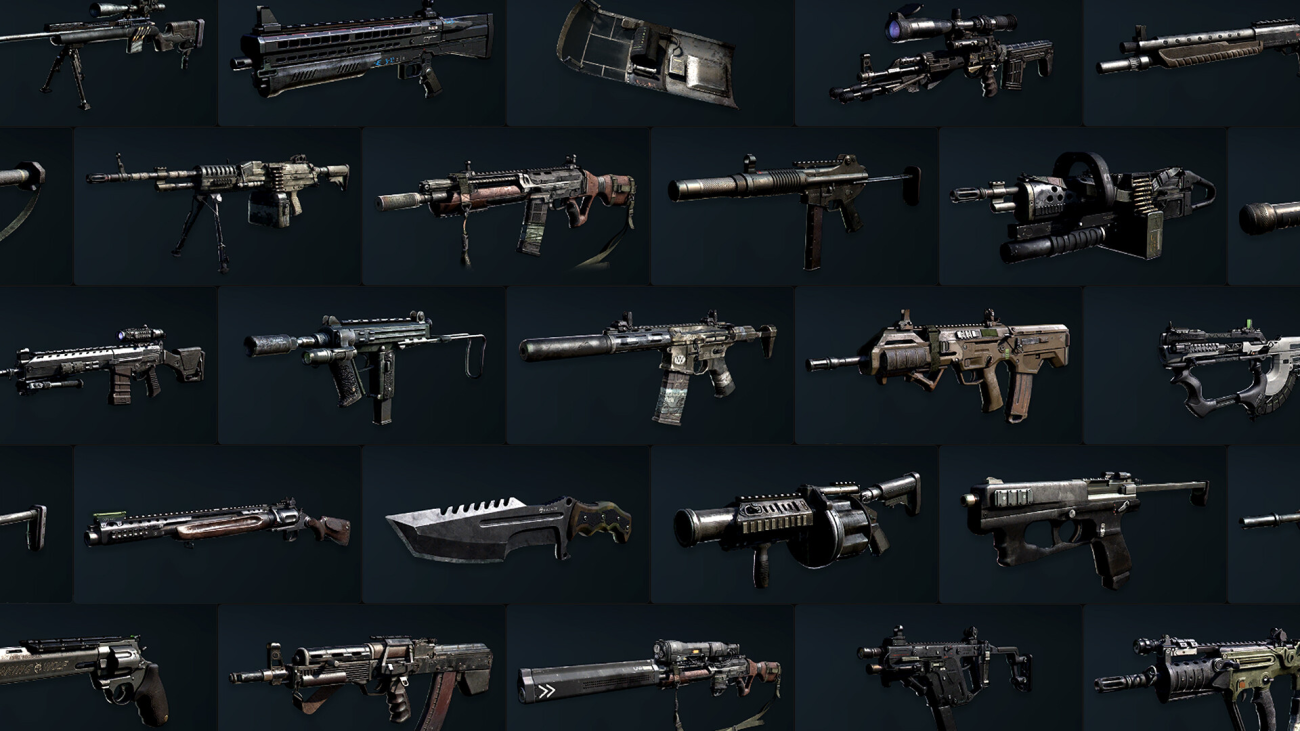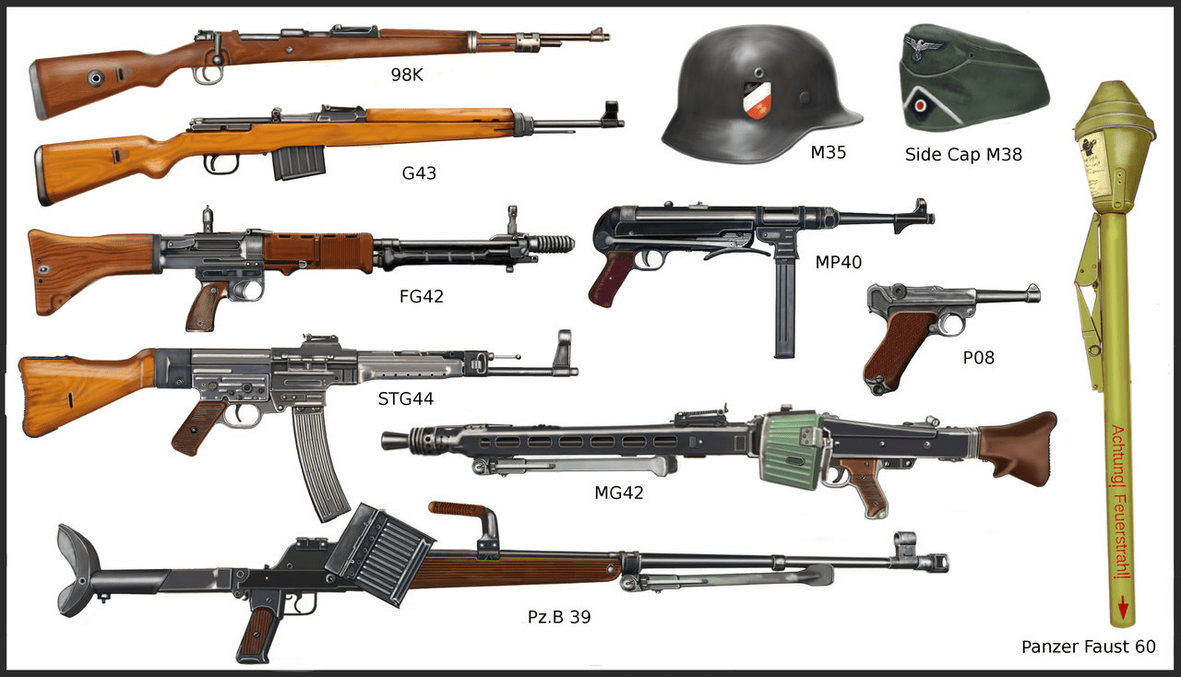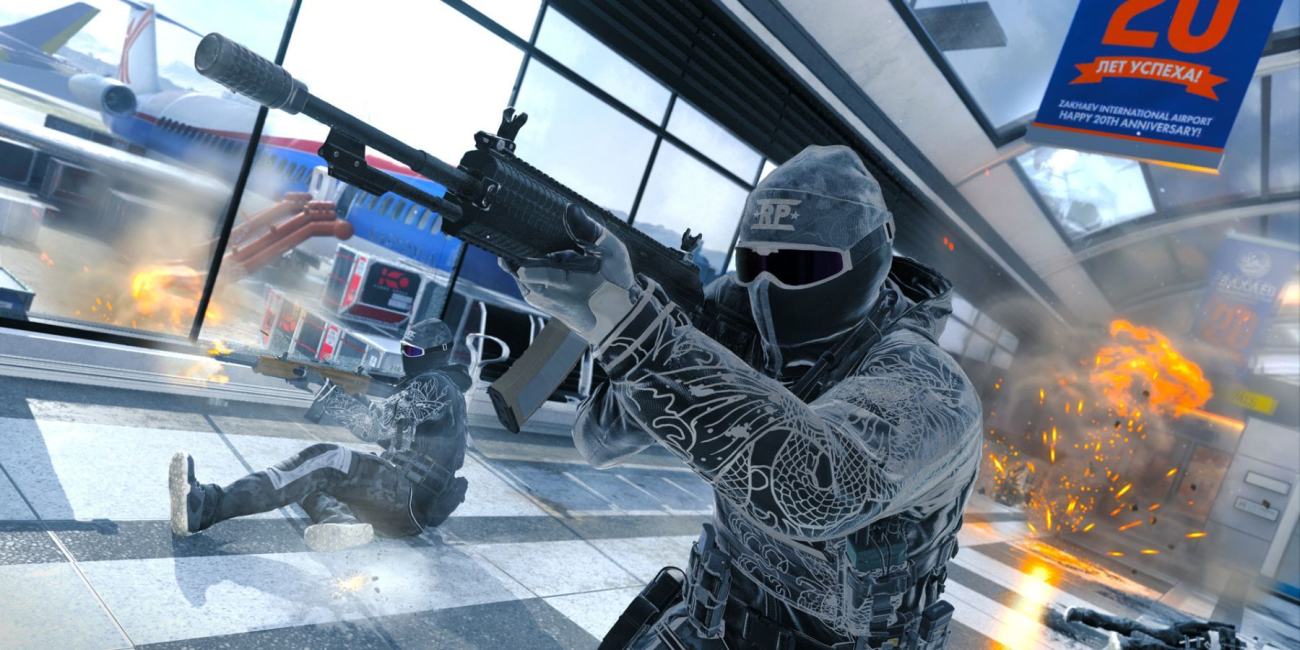Call of Duty 4: Modern Warfare revolutionized the first-person shooter genre with its fast-paced gameplay, immersive storyline, and, most notably, its multiplayer mode. At the heart of this multiplayer experience are the maps, each meticulously designed to offer unique tactical opportunities and challenges. In this comprehensive guide, we will delve into every aspect of Call of Duty 4 maps, exploring their history, design, strategic elements, and their impact on the gaming community. Whether you’re a veteran player or new to the series, this guide will provide valuable insights into what makes these maps so iconic.
Check out our COD prop collection here!
Any ray gun fans? Check out our new Ray Gun LED!
Of course we have other props as well here!
The Significance of Call of Duty 4 Maps
Historical Impact
Released in 2007, Call of Duty 4: Modern Warfare marked a significant departure from the World War II settings of its predecessors, propelling players into a contemporary combat scenario. This shift allowed for more diverse and intricate map designs, reflecting modern warfare’s complexity. The maps in Call of Duty 4 are not just battlefields; they are meticulously crafted environments that enhance the gameplay experience.
Design Philosophy of Call of Duty 4 maps
The design philosophy behind Call of Duty 4 maps focuses on balance, variety, and replayability. Each map is carefully constructed to ensure no single strategy dominates the gameplay. The layouts offer a mix of open spaces, tight corridors, and vertical elements, catering to different playstyles and encouraging dynamic combat.
Overview of Call of Duty 4 Maps
Bog
Overview: Bog is set in a desolate battlefield at night, characterized by its open areas and scattered debris. The Call of Duty 4 maps design emphasizes long-range combat, making it a sniper’s paradise.
Strategies: Players should take advantage of the numerous vantage points for sniping. However, the open spaces mean that movement must be cautious to avoid being picked off by enemy marksmen.
Key Areas: The map features several key areas, including the bus and the central trench, which serve as hotspots for intense firefights.
Crash
Overview: Crash is an urban map centered around a downed helicopter. Its design offers a balance of open spaces and enclosed areas, suitable for various combat styles.
Strategies: The rooftops provide excellent sniping positions, while the interiors of buildings are ideal for close-quarters combat. Controlling the crash site often determines the flow of the match.
Key Areas: The downed helicopter, the three-story building, and the market are crucial points that teams must control to dominate the map.
Crossfire
Overview: Crossfire is set in a war-torn Middle Eastern town. The map features a long main street flanked by buildings, creating a natural division between the two teams.
Strategies: Snipers thrive in Crossfire, thanks to the long sightlines along the main street. However, the side alleys and buildings provide opportunities for flanking and close-quarters combat.
Key Areas: The main street, the second-floor overlook, and the side alleys are critical areas where most engagements occur.
Overgrown
Overview: Overgrown is a rural map with a mix of open fields and dense vegetation. The map’s large size and variety of cover make it ideal for both snipers and stealthy players.
Strategies: Utilizing the tall grass and bushes for concealment can give players an advantage. Snipers can dominate from the farmhouse and barn, while others can navigate the creek and bridges to flank the enemy.
Key Areas: The farmhouse, barn, and creek are pivotal locations that offer strategic advantages.
Vacant
Overview: Vacant is set in an abandoned office complex. The map’s tight corridors and open courtyards create a dynamic combat environment.
Strategies: Close-quarters combat reigns supreme in Vacant. Shotguns and SMGs are highly effective in the narrow hallways, while assault rifles and LMGs can control the courtyards.
Key Areas: The central office area and the courtyard are hotspots for action, with teams frequently clashing in these zones.
Shipment
Overview: Shipment is the smallest Call of Duty 4 map, set in a cargo yard. Its compact size results in chaotic, fast-paced matches.
Strategies: Due to the map’s size, there is little room for strategy. Players must rely on quick reflexes and constant movement to survive. Grenades and shotguns are particularly effective.
Key Areas: The entire map is essentially one big hotspot, with constant action and minimal downtime.
Strategic Analysis of Key Call of Duty 4 Maps
Ambush
Overview: Ambush is set in a desert town with a long central road and surrounding buildings. The map offers a mix of open areas and enclosed spaces.
Strategies: Control of the high ground is crucial. Snipers can dominate from the elevated positions, while players on the ground should use the buildings and debris for cover.
Key Areas: The central road, the elevated positions, and the underground tunnel are vital areas that influence the match’s outcome.
Backlot
Overview: Backlot is an urban map featuring a construction site, narrow alleys, and multi-story buildings. The map’s design promotes a variety of combat styles.
Strategies: Controlling the construction site provides a significant advantage due to its central location and elevation. Players should also utilize the buildings for ambushes and flanking maneuvers.
Key Areas: The construction site, the second-floor buildings, and the alleys are critical points for securing victory.
Bloc
Overview: Bloc is set in a bleak Soviet apartment complex. The Call of Duty 4 maps features long sightlines and numerous buildings, making it a haven for snipers.
Strategies: Players should focus on controlling the buildings for sniping positions. The open courtyard is a dangerous area but can be used to launch surprise attacks.
Key Areas: The apartment buildings and the central courtyard are key areas that see the most action.
Countdown
Overview: Countdown is set in a missile launch facility. The map is characterized by its open spaces and large structures.
Strategies: Long-range weapons are effective due to the map’s open nature. However, players should be wary of enemy snipers and use the structures for cover.
Key Areas: The missile silos and the surrounding structures are crucial points that teams must control.
District
Overview: District is an urban map set in a Middle Eastern town. The map features narrow streets, alleys, and multi-story buildings.
Strategies: Controlling the central market area is key. Players should also use the buildings for sniping and ambushes.
Key Areas: The central market, the streets, and the buildings are important areas for securing dominance.
Downpour
Overview: Downpour is a rainy, rural map with open fields and farm buildings. The map’s design encourages both long-range and close-quarters combat.
Strategies: Snipers can take advantage of the open fields, while other players should use the buildings and vegetation for cover.
Key Areas: The barn, the farmhouses, and the open fields are critical areas for controlling the map.
Pipeline
Overview: Pipeline is set in an industrial complex. The map features a mix of open areas and tight corridors.
Strategies: Players should focus on controlling the high ground in the warehouses and using the underground tunnels for flanking.
Key Areas: The warehouses, the central courtyard, and the underground tunnels are key points for securing victory.
Showdown
Overview: Showdown is set in a symmetrical courtyard surrounded by buildings. The map’s design promotes close-quarters combat.
Strategies: Shotguns and SMGs are highly effective. Controlling the central courtyard and the surrounding buildings is crucial.
Key Areas: The central courtyard and the surrounding buildings are hotspots for intense action.
Strike
Overview: Strike is set in a Middle Eastern town. The map features a mix of open streets and enclosed buildings.
Strategies: Controlling the central plaza provides a significant advantage. Players should also use the buildings for cover and sniping.
Key Areas: The central plaza, the streets, and the buildings are key areas for securing dominance.
Wet Work
Overview: Wet Work is set on a cargo ship at night. The map features narrow corridors and open decks.
Strategies: Close-quarters combat is the focus. Shotguns and SMGs are effective in the narrow corridors, while assault rifles are useful on the open decks.
Key Areas: The cargo holds, the bridge, and the open decks are important areas for controlling the map.
The Evolution and Legacy of Call of Duty 4 Maps
Impact on Future Titles
The Call of Duty 4 maps set a new standard for multiplayer map design. Their balance, variety, and replayability influenced the design of maps in subsequent Call of Duty titles and other first-person shooters. The lessons learned from these maps have been carried forward, ensuring that each new installment builds on the successes of its predecessors.
Community and Competitive Play
Call of Duty 4 maps have a lasting legacy in the competitive gaming scene. Maps like Crash, Crossfire, and Strike are frequently featured in tournaments and competitive play due to their balanced design and strategic depth. The community’s continued engagement with these maps highlights their enduring appeal and significance.
Remastered and Reimagined Maps
Several Call of Duty 4 maps have been remastered and reimagined in later titles, such as Call of Duty: Modern Warfare Remastered and Call of Duty: Modern Warfare (2019). These updates bring classic maps to new generations of players while preserving the original design elements that made them iconic.
Conclusion
Call of Duty 4 maps are a testament to the game’s innovative design and enduring legacy. Each map offers unique challenges and strategic opportunities, ensuring that players remain engaged and challenged. From the sniper-friendly expanses of Overgrown to the chaotic close-quarters combat of Shipment, these maps have become iconic in the gaming world.
As the Call of Duty franchise continues to evolve, the influence of Call of Duty 4 maps remains evident. Their impact on map design, competitive play, and community engagement ensures that they will be remembered and celebrated for years to come. Whether you are a veteran player or new to the series, the Call of Duty 4 maps offer a rich and rewarding experience that stands the test of time.

